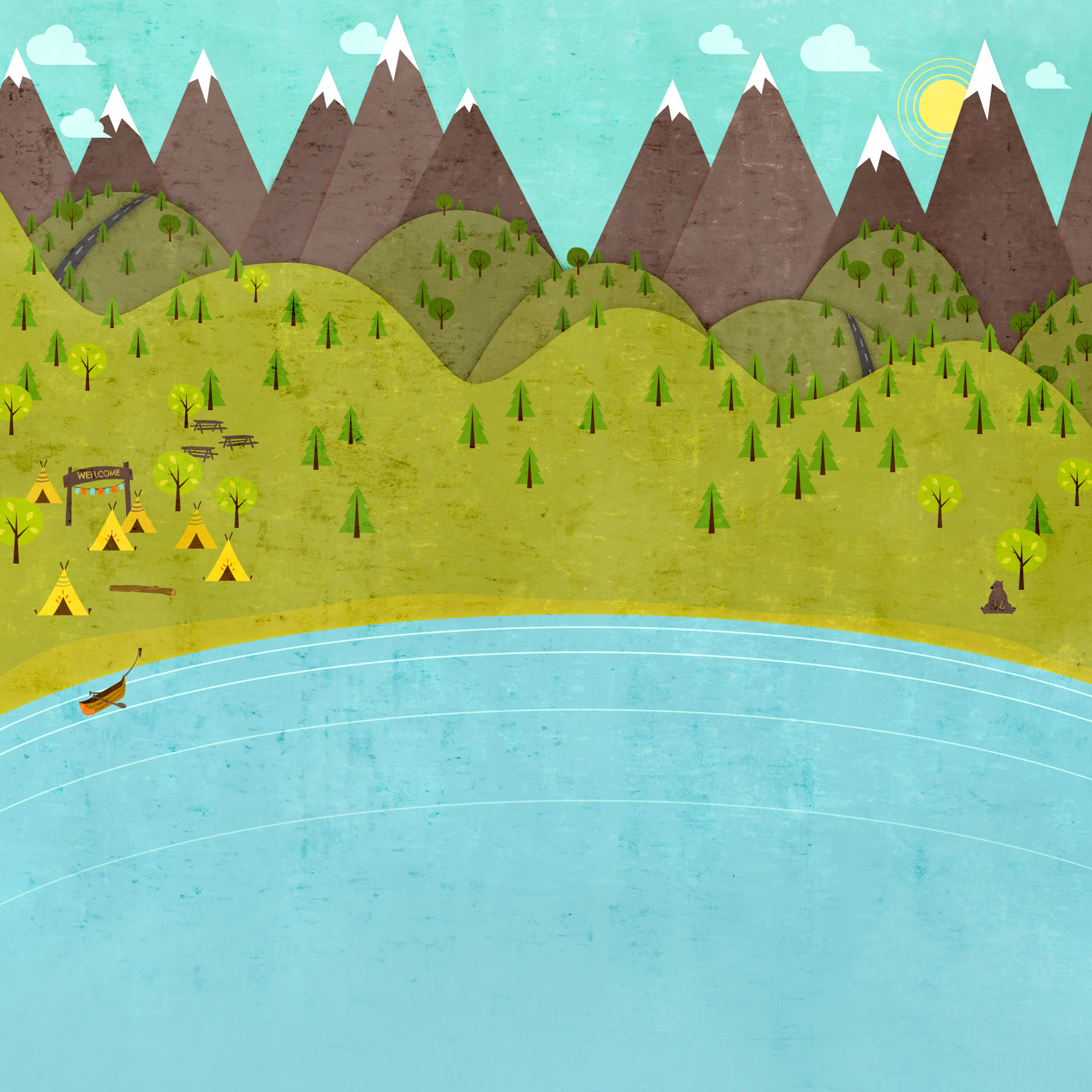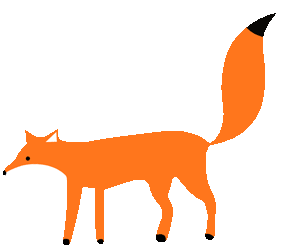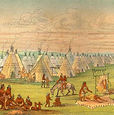

Mrs. Burkhart's
Class Website
Social Studies Resources
These are links to online activities that will help you further your understanding of what we are learning in class.
Topics include the following:
Major pre-Columbian settlements, including the cliff dwellers and pueblo people of the desert Southwest, the American Indians of the Pacific Northwest, the nomadic nations of the Great Plains, and the wood land peoples east of the Mississippi River. Geography and climate influenced the way various nations lived and adjusted to the natural environment, including locations of villages, the distinct structures that they built, and how they obtained food, clothing, tools, and utensils. Varied customs and folklore traditions. Varied economies and systems of government.
Topics include the following:
Trace the routes of early explorers and describe the early explorations of the Americas. Entrepreneurial characteristics of early explorers and the technological developments that made sea exploration by latitude and longitude possible. Aims, obstacles, and accomplishments of the explorers, sponsors, and leaders of key European expeditions and the reasons Europeans chose to explore and colonize the world. Locate on maps of North and South America land claimed by Spain, France, England, Portugal, the Netherlands, Sweden, and Russia.

Settlers & Indian Conflict Resources
Topics include the following:
Cooperation and conflict that existed among the American Indians and between the Indian nations and the new settlers. Competition among the English, French, Spanish, Dutch, and Indian nations for control of North America. Cooperation that existed between the colonists and Indians during the 1600s and 1700s. Conflicts before the Revolutionary War. Role of broken treaties and massacres and the factors that led to the Indians’ defeat. Internecine Indian conflicts, including the competing claims for control of lands. Influence and achievements of significant leaders of the time.
Topics include the following:
Political, religious, social, and economic institutions that evolved in the colonial era. Influence of location and physical setting on the founding of the original 13 colonies, and identify on a map the locations of the colonies and of the American Indian nations already inhabiting these areas. Major individuals and groups responsible for the founding of the various colonies and the reasons for their founding. Religious aspects of the earliest colonies. Significance and leaders of the First Great Awakening, which marked a shift in religious ideas, practices, and allegiances in the colonial period, the growth of religious toleration, and free exercise of religion. Understand how the British colonial period created the basis for the development of political self-government and a free-market economic system and the differences between the British, Spanish, and French colonial systems. Introduction of slavery into America, the responses of slave families to their condition, the ongoing struggle between proponents and opponents of slavery, and the gradual institutionalization of slavery in the South. Early democratic ideas and practices that emerged during the colonial period, including the significance of representative assemblies and town meetings.

Revolution Causes
Resources
Topics include the following:
Causes of the American Revolution. How political, religious, and economic ideas and interests brought about the Revolution. Significance of the first and second Continental Congresses and of the Committees of Correspondence. Understand the people and events associated with the drafting and signing of the Declaration of Independence and the document’s significance, including the key political concepts it embodies, the origins of those concepts, and its role in severing ties with Great Britain. Views, lives, and impact of key individuals during this period.

American Revolution
Resources
Topics include the following:
Course and consequences of the American Revolution. Identify and map the major military battles, campaigns, and turning points of the Revolutionary War, the roles of the American and British leaders, and the Indian leaders’ alliances on both sides. Contributions of France and other nations and of individuals to the out come of the Revolution. Different roles women played during the Revolution. Understand the personal impact and economic hardship of the war on families, problems of financing the war, wartime inflation, and laws against hoarding goods and materials and profiteering. Explain how state constitutions that were established after 1776 embodied the ideals of the American Revolution and helped serve as models for the U.S. Constitution. Demonstrate knowledge of the significance of land policies developed under the Continental Congress and those policies’ impact on American Indians’ land. Understand how the ideals set forth in the Declaration of Independence changed the way people viewed slavery.

US Constitution Resources
Topics include the following:
Describe the people and events associated with the development of the U.S. Constitution and analyze the Constitution’s significance as the foundation of the American republic. List the shortcomings of the Articles of Confederation as set forth by their critics. Explain the significance of the new Constitution of 1787, including the struggles over its ratification and the reasons for the addition of the Bill of Rights. Fundamental principles of American constitutional democracy, including how the government derives its power from the people and the primacy of individual liberty. How the Constitution is designed to secure our liberty by both empowering and limiting central government and compare the powers granted to citizens, Congress, the president, and the Supreme Court with those reserved to the states. Meaning of the American creed that calls on citizens to safeguard the liberty of individual Americans within a unified nation, to respect the rule of law, and to preserve the Constitution. Know the songs that express American ideals.

Settlement Patterns
Resources
Topics include the following:
Trace the colonization, immigration, and settlement patterns of the American people from 1789 to the mid-1800s, with emphasis on the role of economic incentives, effects of the physical and political geography, and transportation systems. Waves of immigrants from Europe between 1789 and 1850 and their modes of transportation into the Ohio and Mississippi Valleys and through the Cumberland Gap. Name the states and territories that existed in 1850 and identify their locations and major geographical features. Explorations of the trans-Mississippi West following the Louisiana Purchase. Experiences of settlers on the overland trails to the West. Continued migration of Mexican settlers into Mexican territories of the West and Southwest. How and when California, Texas, Oregon, and other western lands became part of the United States, including the significance of the Texas War for Independence and the Mexican-American War.
Topics include the following:
Location of the current 50 states and the names of their capitals.
Topics include the following:
Maps, geography, countries, and continents.







